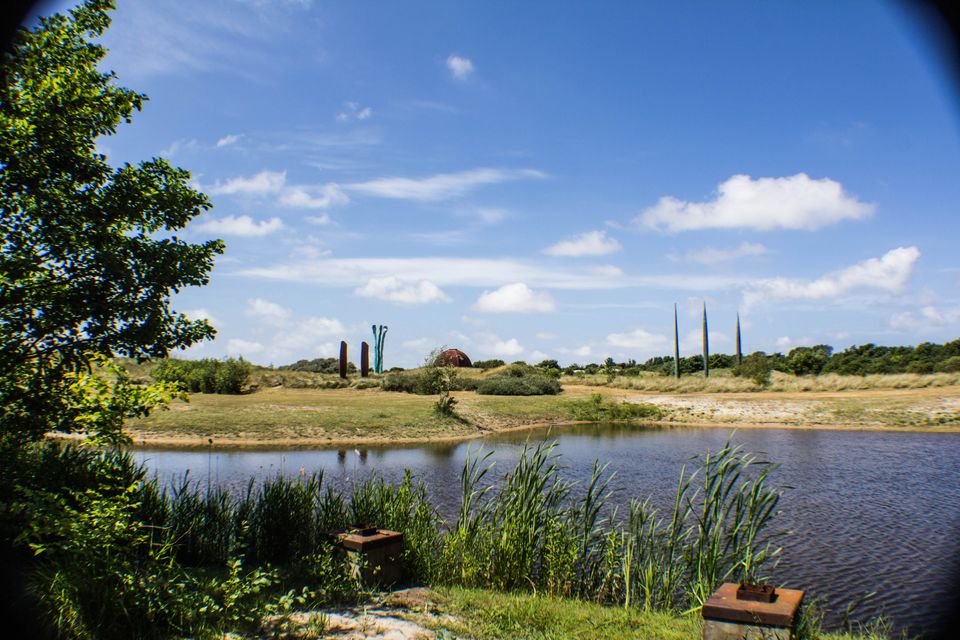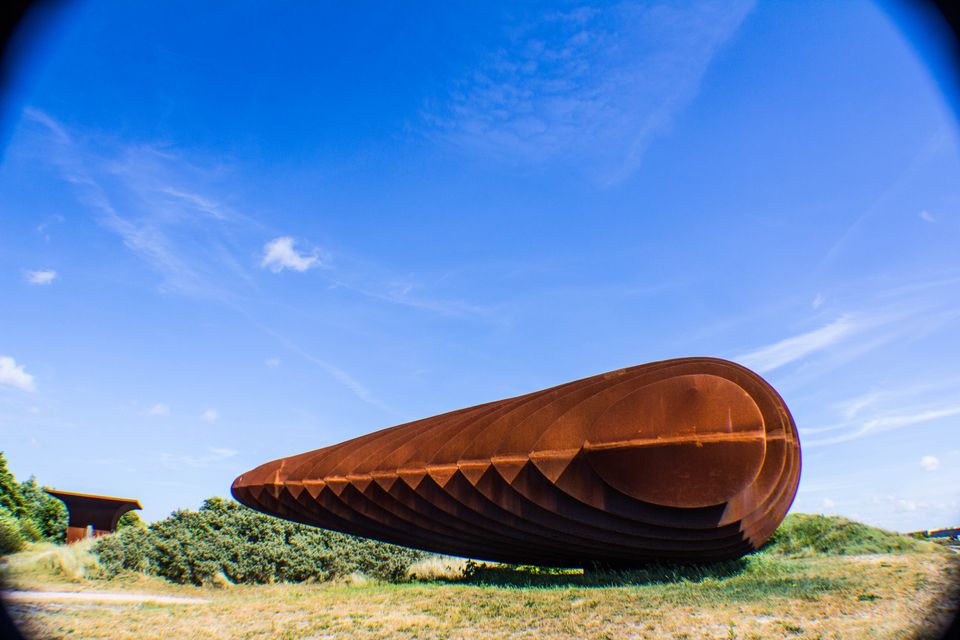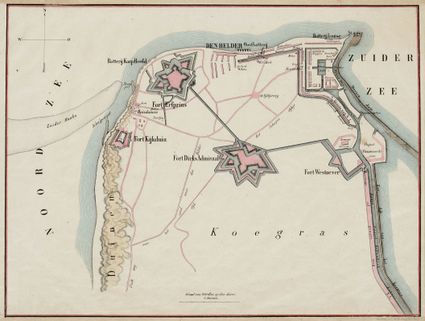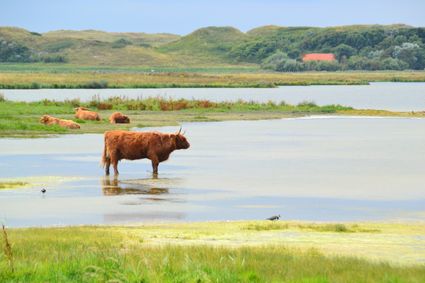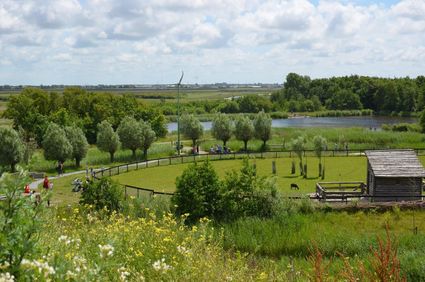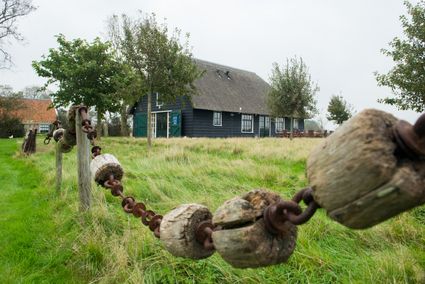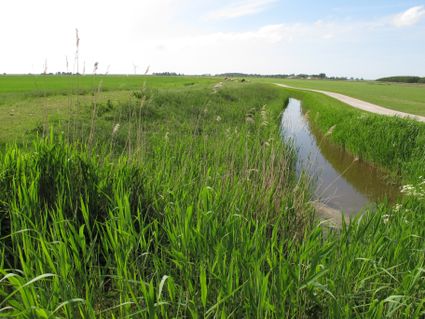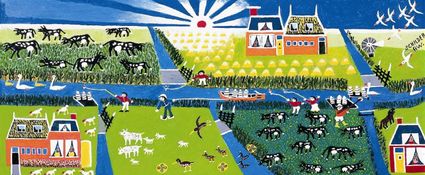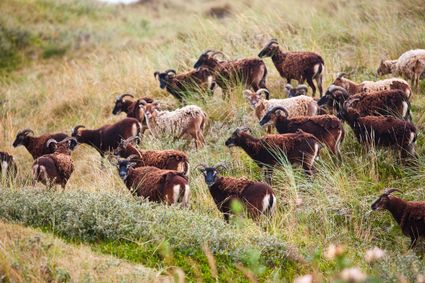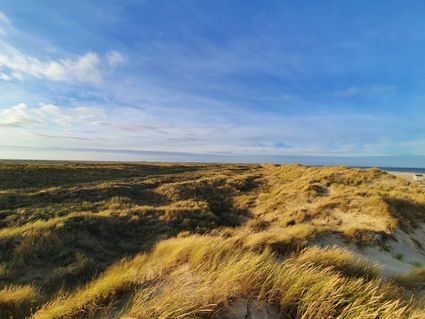De Nollen
To R.W. van de Wint life was art and art was life. As a painter, sculptor, builder, sketcher and gardener he transformed old inner dunes into a world of its own: De Nollen.
Creating a world of form
You might know him from the notorious nine-metre-high Tong van Lucifer (Lucifer’s Tongue) along the A6 between Almere and Lelystad. In 2020 protesters tried to prevent it from being returned after some reparation works. They consider it blasphemous and devilish. He also created large paintings in the plenary room of the House of Representatives. At the beginning of the 80s Rudi - or R.W. - van de Wint chose De Nollen to create a new world of shapes.
Van de Wint (1942 - 2006) did not like art that innovates for the sake of innovation. Retreating into the old dunes south of Den Helder allowed him to do what he loved most: deepening. Artistry as a way of life. Discovering how to build on traditions, one step at a time. He creates images using light, darkness, colour and space.
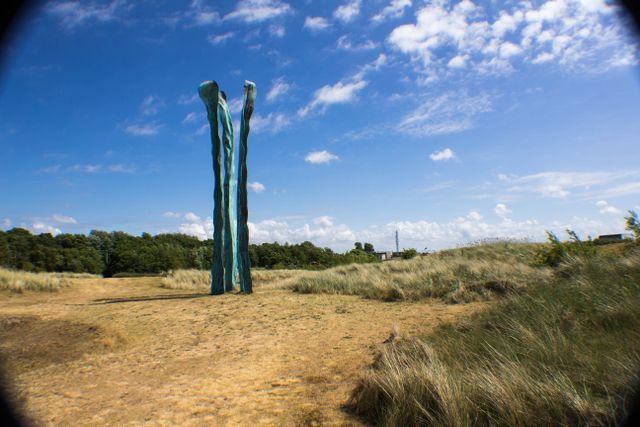
Art and reality
Walking through the dunes now you'll witness large steel sculptures, buildings and paintings. An exchange between art and reality. According to the artist De Nollen is about the complete experience of both. They reinforce each other. The true sculpture is created afterwards, in your mind.
Van de Wint lived and worked in de Nollen, he knows every nook and cranny of it and used that knowledge in his art: the steel buildings, the bunkers from WWII and the landscape. He also maintained the landscape. Trimming the trees was also an art form to him. De Nollen was a place of exile and a haven of his own choosing; one that you can now walk through. Only guided tours are allowed, so make sure to book in advance.


